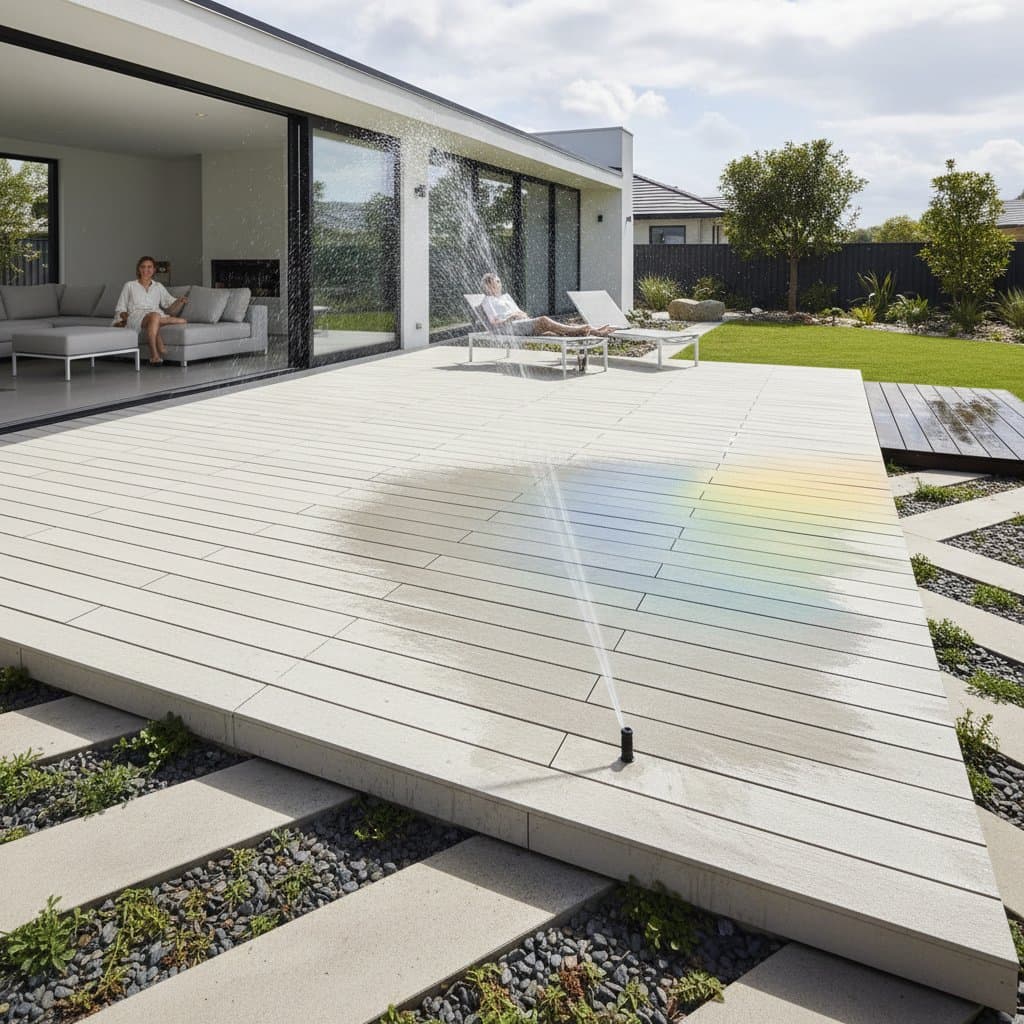Solar Pavers Turn Your Deck Into a Power Station
Solar pavers integrate clean energy generation into your deck design, producing power from sunlight without sacrificing aesthetics or usability. This guide covers their operation, installation requirements, cost estimates, maintenance routines, and ways to power outdoor features like lighting and appliances seamlessly.



















